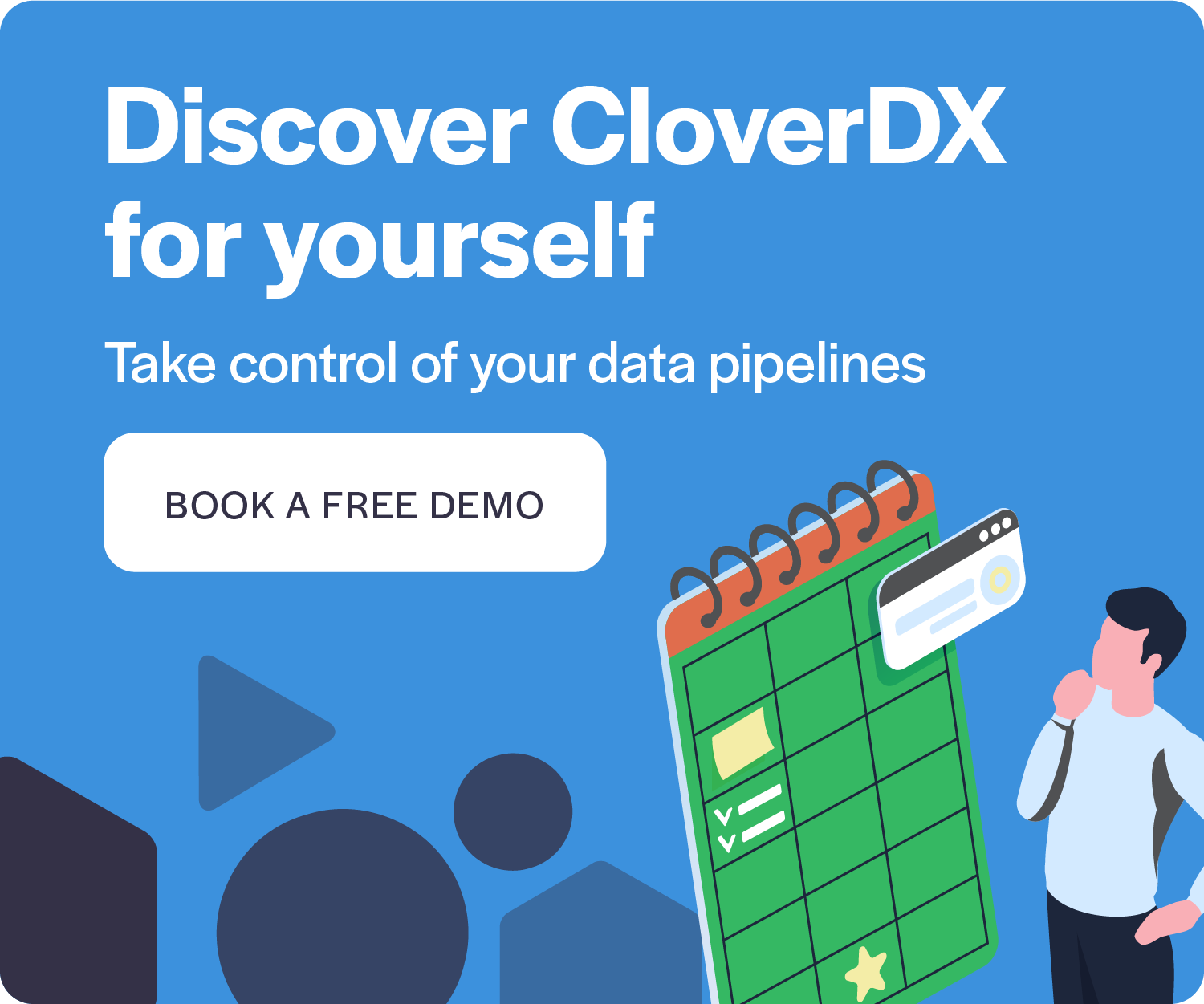Data transparency refers to the accessibility and accuracy of your data. If you struggle with either or both, you can suffer from poor business decision-making and inaccurate insights.
However, data transparency issues aren’t always a technical problem. Sometimes, organizational culture is at the root. Often, it’s both.
Let’s look at some of the key issues that could be affecting your data transparency.
1. Key people have left the organisation
When one person looks after your organization’s data processing, and that person moves on, their knowledge goes with them.
This is especially true when your data processes are all done in code, and only the person who wrote it understands it. They move on and everyone else is afraid to touch it in case something breaks.
Whether it’s a ‘data expert’ or the creator of an important spreadsheet, one person’s departure can leave a significant void.
Ask yourself whether anyone responsible for data in your organisation is completely indispensable. Is there someone who returns from holiday to a backlog because nobody else has the skills to pick up their work while they were away?
This is a culture problem that can place an uncomfortable amount of pressure on individuals. It could also be a problem of technology, inviting you to assess whether the tools you have in place are allowing you to operate efficiently.
2. Siloed departments
One department collects and uses data in a particular way, another in a different way. This makes collaboration difficult and leads to data silos.
When departments are siloed, there’s no data sharing or transparency between teams, which can result in duplication of effort.
This can lead to confused data sets and people within the same organisation working from different information.
Data silo mentality – a reluctance to share data with other departments within the organization – can arise for many reasons.
Interdepartmental rivalries make people reticent to share their information. There could even be a fear of what the data will reveal, either about an employee or an entire team.
Business leaders can also fail to recognize the problem or identify the risks data silos represent. After all, many data silos are built around data that historically didn’t need to be shared.
To realise the true value of your firm’s data you need to eradicate silo mentality. Present the business case for data transparency, integration and collaboration.
3. There are too many tools in your data stack
There’s no organization-wide process or policy for data collection, so data is often entered in different formats. You use several technologies that don’t integrate well. Extracting data and preparing reports is difficult and time-consuming.
If this sounds familiar, there could be too many tools in your data stack.
Manual data processing tools, such as Excel, can be cumbersome to use and hard to scale. Legacy systems like this may contain years of data, input by different people, in different ways, with no regard for data quality.
This lack of standardization leads to a lack of data transparency, and a raft of inefficiencies.
4. You don’t listen to or diagnose your problems
Humans are good at dealing with poor quality data. We can spot a typo. We can read untidy handwriting. It’s understandable then, that under pressure, you’d opt to carry on the way you always have, rather than start a large-scale review of processes. You’ve managed up to now.
However, experts project the world will produce 97 zettabytes of data this year. The insights needed to stay competitive, and the data processes required to remain compliant are changing too fast for you to stand still. Automation is a necessity. But automated processes can’t resolve errors the way we can.
You can’t afford to bury your head in the sand when it comes to data transparency issues.
The problem of bad data won’t go away without your acknowledgement and intervention. But don’t fear bad data. Turning toward the issue could drive business improvement.
Where you find missing or incorrect data, it can be an indicator that business processes need to change. Make these chances and you can increase efficiency, upskill staff, and improve business health and data quality.
Resolving these problems for improved data transparency
While data tools can help to improve data transparency, oftentimes a culture change is needed too.
Let’s take a look at an integrated approach that could help you address these common business problems.
The culture shift
It’s time to start embracing the opportunities that come with data transparency. High-quality data doesn’t just keep you compliant, it drives innovation.
When more people have access to better quality data, silos break down, processing time reduces drastically and your organization becomes a more cohesive entity, instead of a series of separate teams.
Move toward creating a data orientated culture, where data is valued as the primary resource for business insight. This will mean creating a data team, as well as a certain amount of upskilling across the organization.
The tech solution
If you want your people to embrace improved data transparency, your tech needs to be up to the job too.
Silos often arise from siloed technology. Teams add software to meet their specific needs. Over the years this adds up to several legacy systems that don't integrate well.
A solution like CloverDX consolidates systems into a single platform, breaking down silos and creating streamlined, integrated workflows.
A shift in organizational perspective, coupled with a scalable, customizable data platform is a powerful force for change. Change that will benefit you and your business.
By CloverDX
CloverDX is a comprehensive data integration platform that enables organizations to build robust, engineering-led, ETL pipelines, automate data workflows, and manage enterprise data operations.









